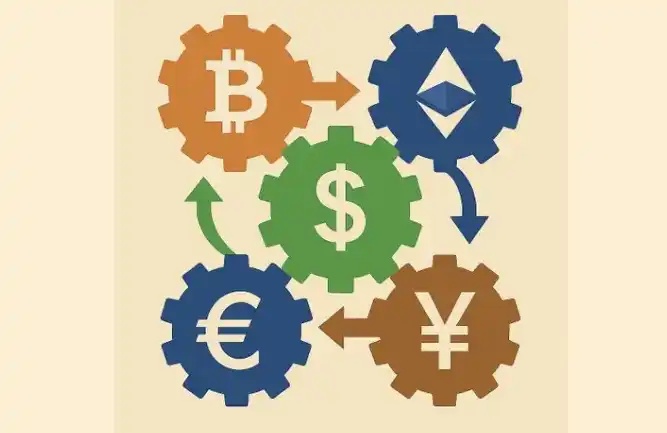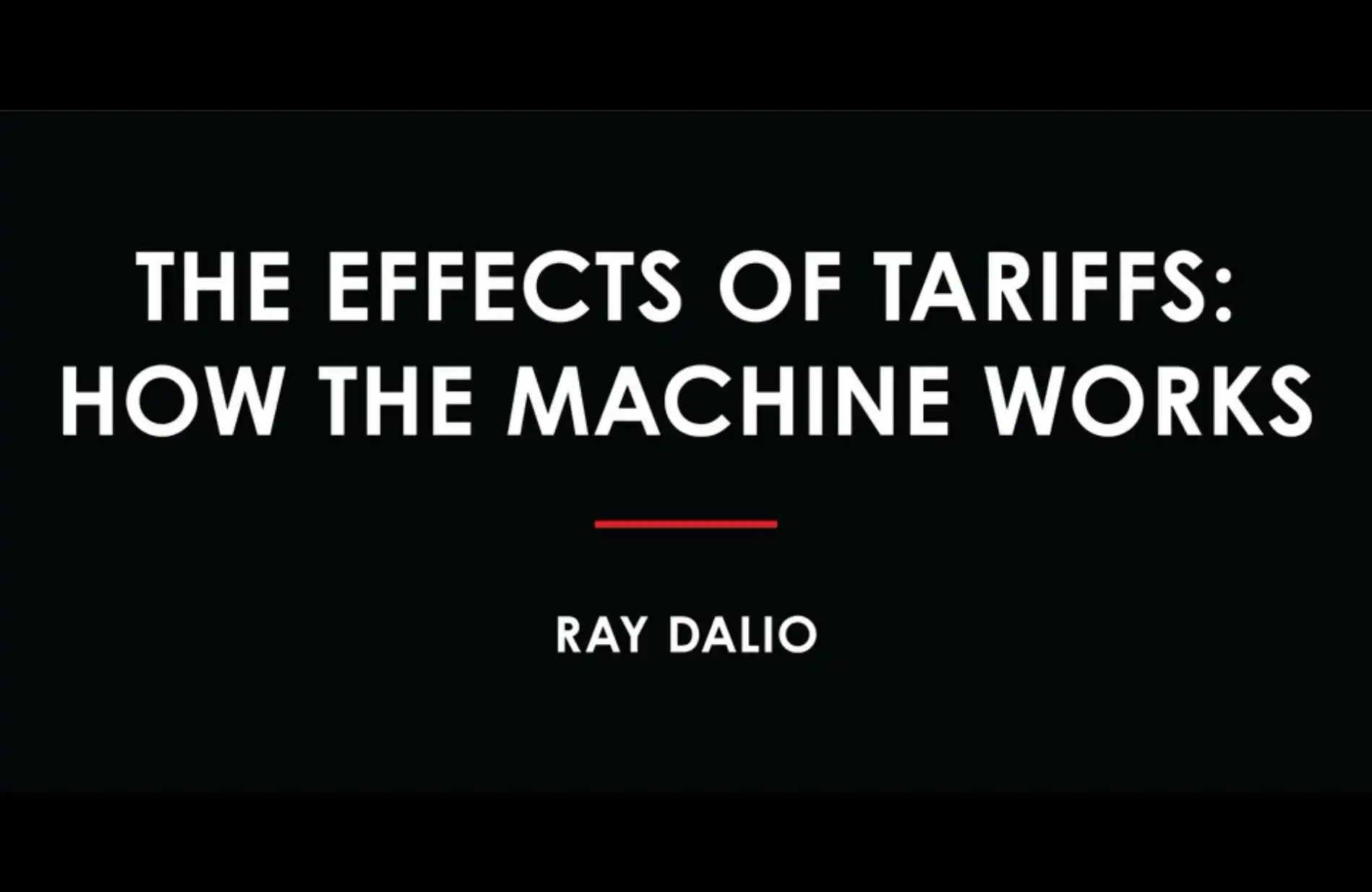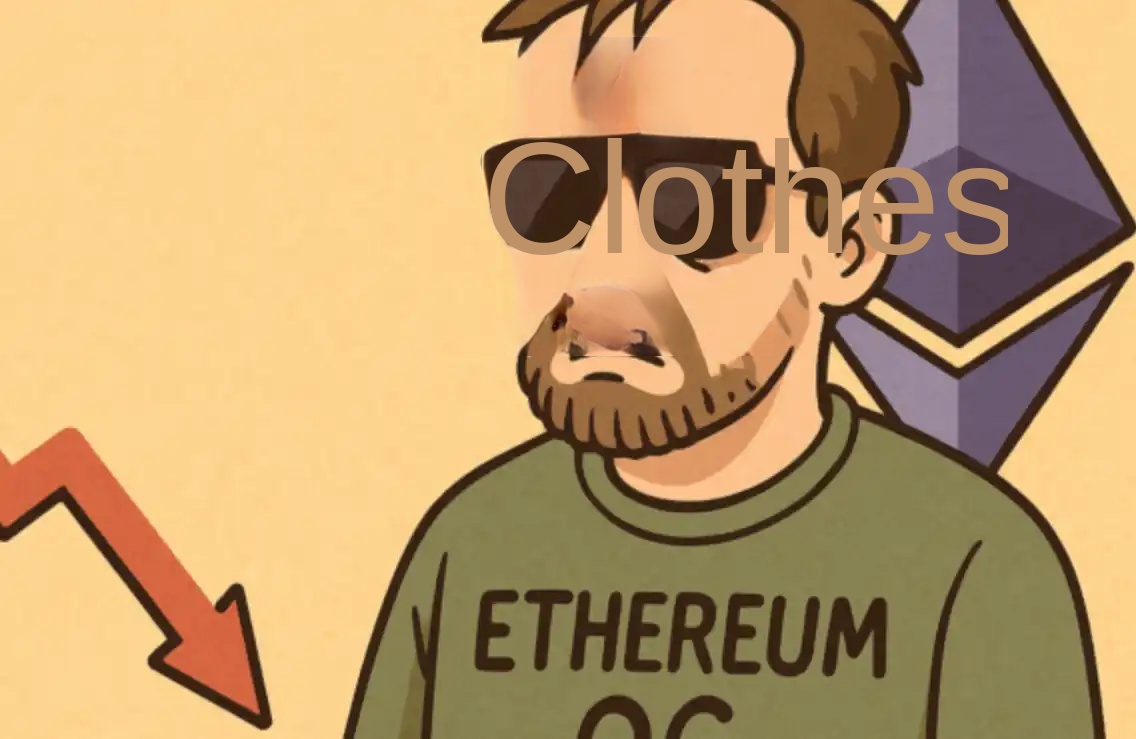Tokenomics of Vesting: The Elephant in the Room in the Crypto Industry
Source: Dr. Daoist
We advocate for Bitcoin because it saves the world economy from the quagmire of rampant fiat currency issuance. Little do we know that in Web3, we are still shooting ourselves in the foot: through time-based unlocks, token inflation.
“Low Circulation, High FDV”: A Superficial Issue
Since the May 2024 Binance Research report thrust “Low Circulation High FDV” into the industry limelight, discussions about this issue have remained superficial. The true core problem has not been touched upon, and the fundamental reasons for its existence have gone unquestioned.
The real questions we should be asking are:
1. Why does a gap exist between market cap and FDV?
2. Why does “Low Circulation, High FDV” pose a problem?
Market Cap vs. FDV: A Unique Challenge in the Crypto Industry
Why doesn’t the issue of “Low Circulation High FDV” exist in traditional finance (TradFi)? Because this issue is unique to the crypto industry.
In traditional finance, market cap is calculated based on all issued circulating shares, including shares locked up for 6 to 12 months post-IPO. Dilutive factors (such as options and restricted stock units) are minimal, so the difference between FDV (Fully Diluted Valuation) and market cap is small. When new shares are issued, it is usually done through financing or stock splits, and these issuance events are immediately reflected in the stock price.
In the crypto industry, most projects have embraced Satoshi Nakamoto’s tokenomics legacy: limited total supply, lower initial circulation. This has led to a fundamental difference between “Crypto FDV” and “TradFi FDV”: the latter only considers minimal dilution of circulating shares when derivatives convert to shares, while the former includes all future potential token issuance into the system.

TradFi FDV vs. Crypto FDV (by their respective definitions)
If the concept of "Crypto FDV" is to be applied to traditional finance, it would encompass all future potentially issued shares—although this is theoretically calculable (as companies have a so-called "authorized share cap"), the number is essentially infinite due to the ease with which the cap can be increased through shareholder resolutions.

TradFi FDV vs. Crypto FDV (by Crypto's definition)
Now, when comparing in this equitable manner, one easily starts to question (at least I do) the Crypto industry's FDV definition: Is it really reasonable to value a company/project based on the current spot price and all its potentially future issued shares/tokens? The answer is obviously no. If a token could be infinitely minted like the U.S. Treasury prints money, then a company/project's valuation would approach infinity.
So why do we adopt such a ludicrous FDV metric in the Crypto industry? The answer lies in the fact that this metric may be needed as a benchmark for fundraising pre-TGE (Token Generation Event)—but post-TGE is a different story. Pre-TGE, VCs invest in a certain percentage of tokens, often calculated based on a certain total supply. Once the token is listed, FDV becomes irrelevant, and market cap is the only meaningful metric. That's why no one talks about the FDV of Bitcoin or Ethereum—only their market cap matters. (Note: Ethereum has no supply cap, much like companies in traditional finance being able to infinitely issue shares, so its FDV cannot be calculated regardless.)
So, in the dilemma of "low circulation, high FDV," FDV is actually irrelevant (or more like a "scapegoat"), so who is the real culprit?
Time-Based Unlock: The Real Culprit
While most projects mimic Bitcoin's finite total supply and low initial circulation, they miss the essence of its tokenomics: release based on demand, not on a schedule.
The block generation process of Bitcoin is often misunderstood as being purely time-based (thanks to the well-known "halving every four years" cycle), but in reality, it is demand-driven. The key mechanism is as follows:
1. The issuance of BTC (block reward) is tied to the number of blocks mined;
2. If the reward (essentially BTC price) is not sufficient to incentivize miners, new BTC will not be mined;
3. The price of BTC is ultimately driven by market demand since its supply mechanism is fixed.

BTC Halving: Appears time-based, Actually demand-driven
This demand-driven issuance aligns with basic economic principles: new coins or tokens are only minted when the system requires it. In stark contrast, most cryptocurrency projects (especially those that have gone through fundraising) follow a time-based release/unlock—this is the real cause of the "low circulation, high FDV (Fully Diluted Valuation)" issue.
The most obvious flaw of time-based token release is the mismatch between supply and demand. The supply is strictly coded into the smart contract, while demand fluctuates unpredictably. Projects often release seemingly reasonable roadmaps to prove the rationale of their issuance plan, but these plans rarely unfold as expected. As a result, token issuance is done to meet fundamentally nonexistent demand increments—or even reduced demand (often the peak of demand is during the pre-TGE airdrop). The consequence is that the token price continuously falls with each unlock.

Time-based Release: Planned Supply vs Unpredictable Demand
But there is a deeper hidden issue: Conflict of Interest. Most projects have different unlocking schedules for the team, VCs, community, and treasury. While this may seem like prioritizing certain "weaker groups" (such as the community) by unlocking their tokens first, it leads to a conflict of interest—reflecting extremely poor mechanism design. The typical scenario is as follows:
1. Before unlocking, the community/retail investors anticipate token inflation causing selling pressure, prompting early exits;
2. The project team anticipates the unlock, artificially pumping the price through positive news and market-making to attract retail investors to buy in;
3. After unlocking, the project team then has to compete with VCs to exit, and both sides often coordinate through market makers to coordinate sell-offs.
This conflict of interest puts the project team and VCs in an adversarial position with the community, eroding trust and leading to the underperformance of many VC coins post-TGE.

The Vicious Cycle of Time-Based Unlocking
Demand-Driven Token Release: The Only Viable Solution
For projects that will undergo inflation or unlocking, the only solution that aligns with economic principles is on-demand release—especially applicable to VC coins with unlocking mechanisms (excluding 100% fully diluted meme coins).
The two core advantages of on-demand release directly address the fundamental flaw of time-based release:
1. Supply-Demand Balance: New tokens are only released when there is additional demand (e.g., token consumption), avoiding planned inflation;
2. Alignment of Incentives: Unlocking is triggered only when the community/market demonstrates additional demand for the token (e.g., protocol interaction), ensuring that the team, VCs, and community are on the same page.
However, this also introduces a new risk: uncertainty in the project team and VC unlocking schedule. If the community ceases to engage in interactions/usage, the demand for the token diminishes, and no new tokens will be released/unlocked. But shouldn't this risk be borne by the project team and VCs? Without this risk, the Web3 industry would forever be a zero-sum game between schemers and the community—or, possibly worse, a financial scam.
In the next article, I will delve into how to design a fair on-demand release token model.
Welcome to join the official BlockBeats community:
Telegram Subscription Group: https://t.me/theblockbeats
Telegram Discussion Group: https://t.me/BlockBeats_App
Official Twitter Account: https://twitter.com/BlockBeatsAsia
 Forum
Forum OPRR
OPRR Finance
Finance
 Specials
Specials
 On-chain Eco
On-chain Eco
 Entry
Entry
 Podcasts
Podcasts
 Data
Data

 Summarized by AI
Summarized by AI







